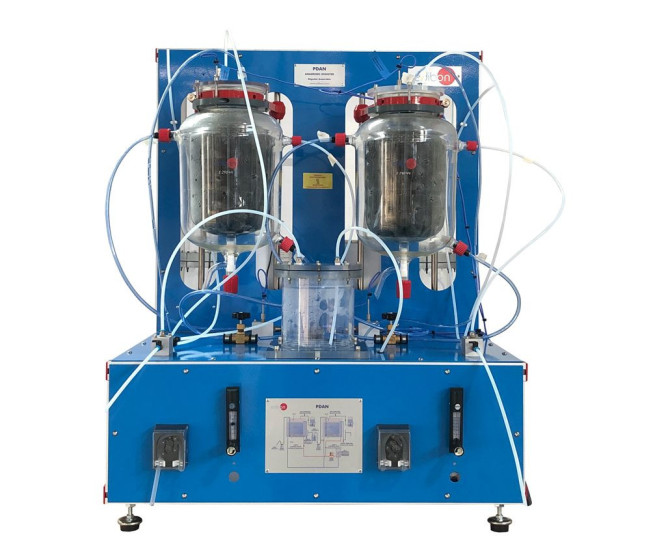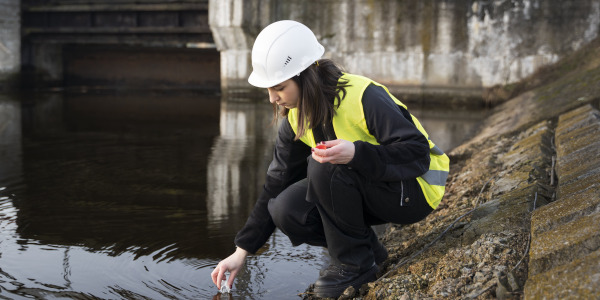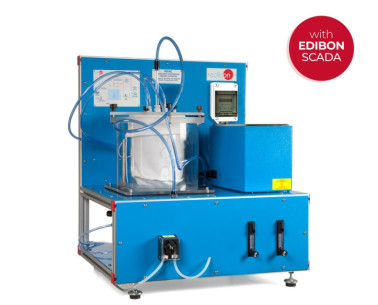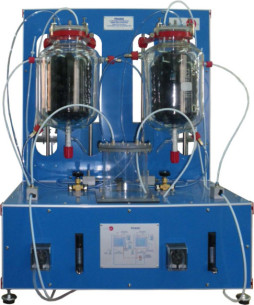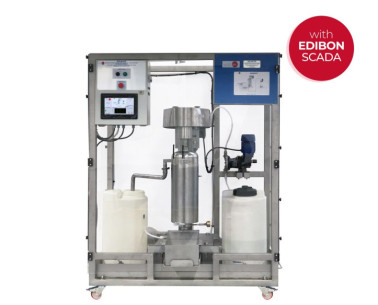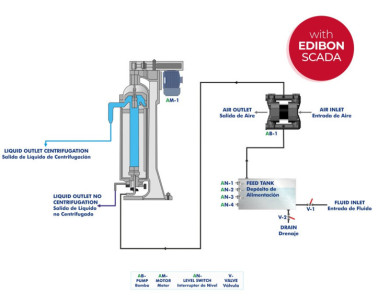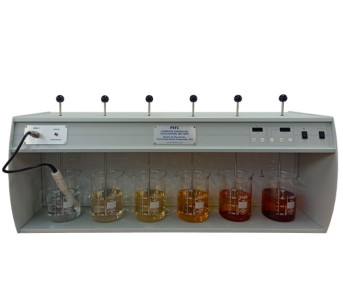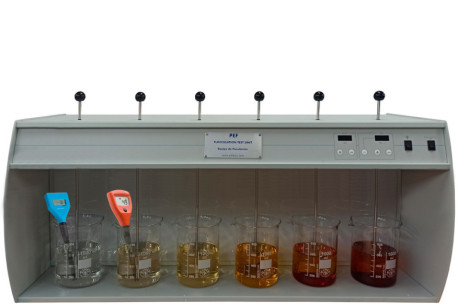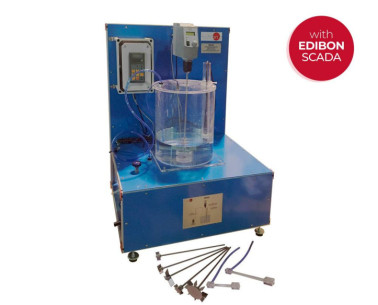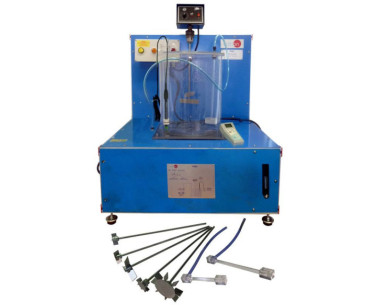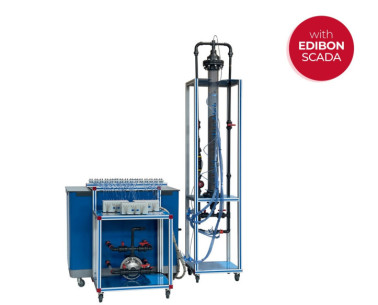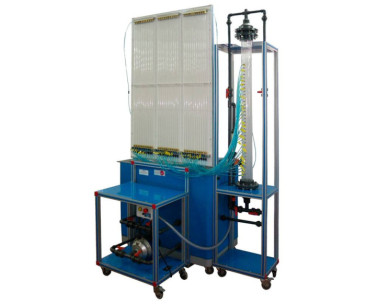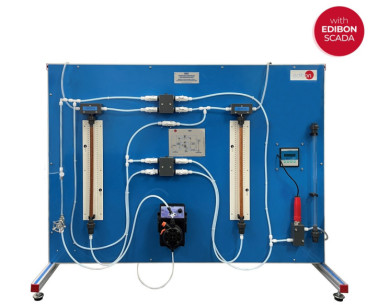At EDIBON, we are committed to strengthening skills as a strategic pillar for the competitiveness and social well-being of the European Union. Proper training not only boosts the economy but also enables individuals to fully participate in society and democracy.
Direct Air Capture (DAC) adalah teknologi inovatif yang menghilangkan CO₂ langsung dari udara menggunakan reaksi kimia dengan pelarut cair atau penyerap padat. Meskipun menghadapi tantangan seperti biaya tinggi dan konsumsi energi, DAC menawarkan solusi potensial untuk mengurangi konsentrasi CO₂...
Instalasi Pengolahan Air Limbah
Sementara pabrik pengolahan air minum berfokus pada penyediaan air minum yang aman, instalasi pengolahan air limbah menangani pengolahan air bekas sebelum dilepaskan kembali ke lingkungan.
Instalasi ini memainkan peran penting dalam melindungi sumber daya air dan...
 Preferensi cookie
Preferensi cookie

